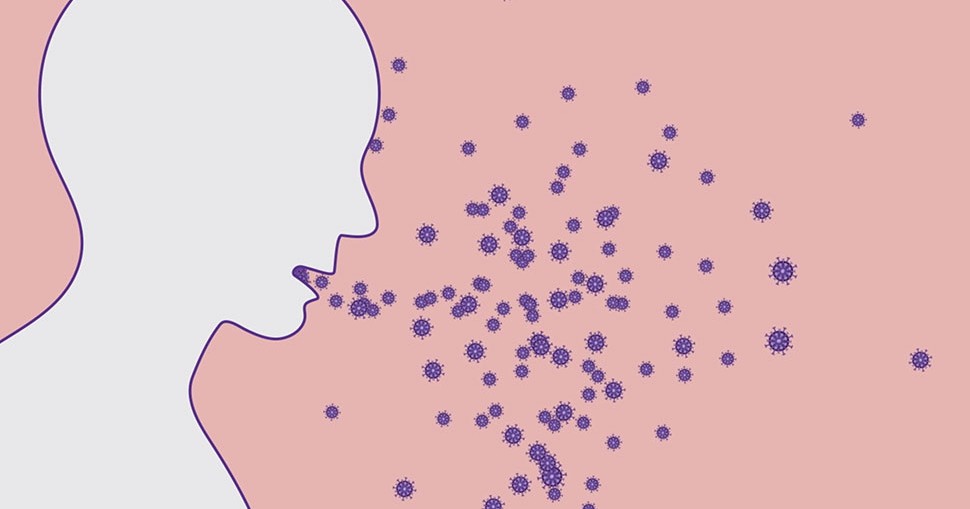Infection
COVID patients exhale up to 1,000 copies of virus per minute during first eight days of symptoms
“We developed this easy, cheap method and used it to collect over 300 breath samples from 44 patients over the course of their infections — multiple samples a day over multiple days,” Lane said.
With this new device, investigators detected viral RNA in 100% of specimens collected from COVID-positive patients who were within 10 days of symptom onset and in none of the specimens collected from COVID-19 negative patients — a very high rate of accuracy.
The study findings could be used to calculate the amount of time it takes for an individual to exhale an infectious dose of SARS-CoV-2, Lane.
“For example, if we assume the infectious dose for COVID is 300 copies, then a person who is exhaling 1,000 viral copies per minute would exhale an infectious dose in 20 seconds (highly risky in an elevator), whereas a person who is exhaling two viral copies per minute would exhale an infectious dose in about two hours (probably safe in an elevator),” Lane said.
It is not yet known what an infectious dose of viral airborne particles is.
For the study, Northwestern scientists created and patented a portable, non-invasive, inexpensive device to collect breath samples from infected people, and used qPCR to measure SARS-CoV-2 in those samples. They used this device to test for the presence of the virus over 10 minutes of natural, relaxed breathing, establishing a conservative baseline of exhaled virus amount. Talking, singing or shouting would likely increase amounts of exhaled virus.
How the study was conducted
Scientists shipped the device to patients’ homes, allowing them to self-collect samples from their own home, which were mailed back to the lab for analysis. They recruited patients testing for COVID-19 from Northwestern Medicine. Participants watched a video online to learn how to collect samples. Patients provided multiple samples per day over the entire course of infection.
Samples were mailed back to the lab, where qPCR was used to quantify numbers of viral RNA copies in breath specimens.
“Once you can answer the question of how many viruses you are exhaling for each day after your symptoms start, critical pieces of the puzzle of how to avoid the spread of COVID-19 fall into place,” Lane said. “This information speaks directly to when someone with COVID-19 should isolate; when they are more likely to infect other people by breathing out virus into the air around them; and when they become much less likely to spread the infection. These two pieces of information are very important for infection control and for informing public health recommendations.”
The study measured virus on breath from the first day symptoms start, which is day zero. From that day until day eight, infected people exhaled lots of virus, the scientists found. The amount varied, with peaks of 1,000 viral copies a minute, but the average was high. Then, on day eight, it dropped steeply to levels that hovered around the limit of detection (about two copies a minute), with few exceptions.
Because the device is scalable (the paper provides instructions to make it), it can be used for other respiratory diseases to obtain measurements to find out how much of a pathogen is on the breath.

